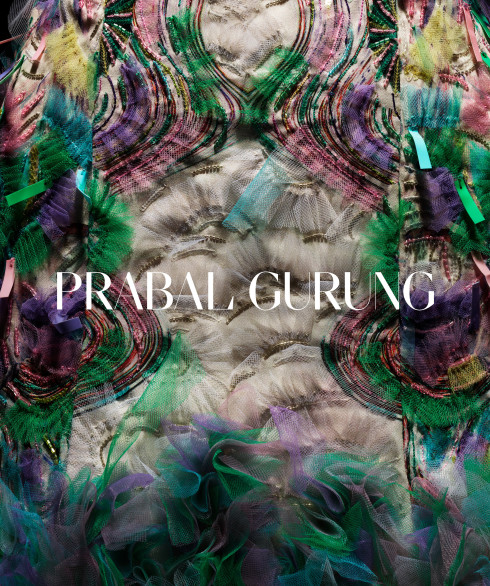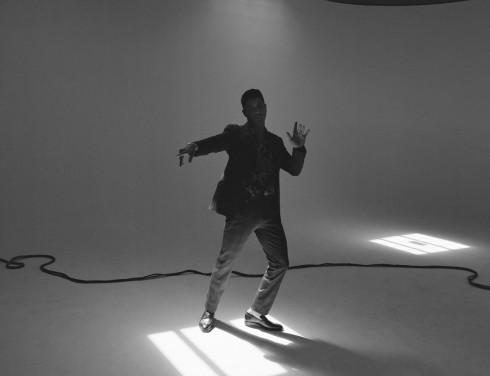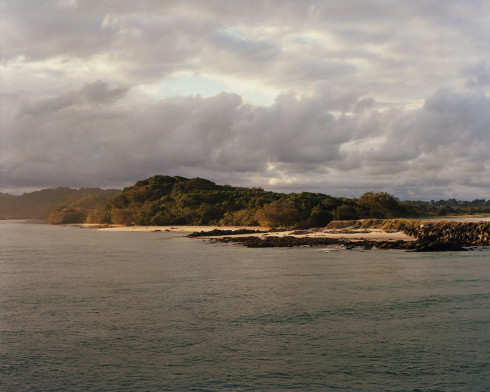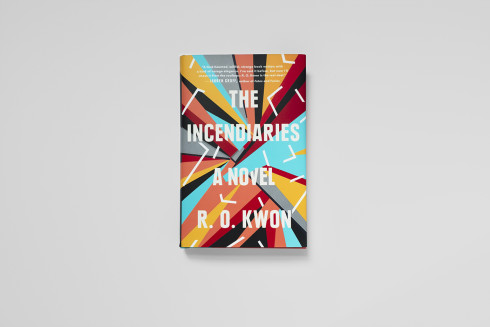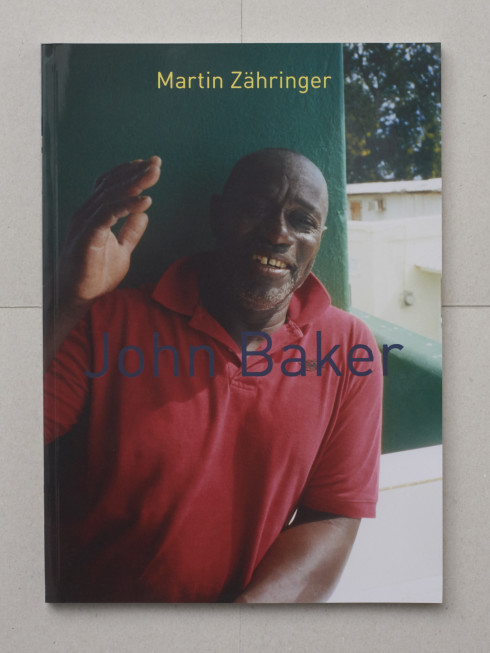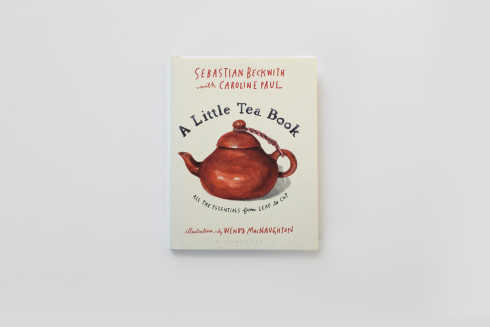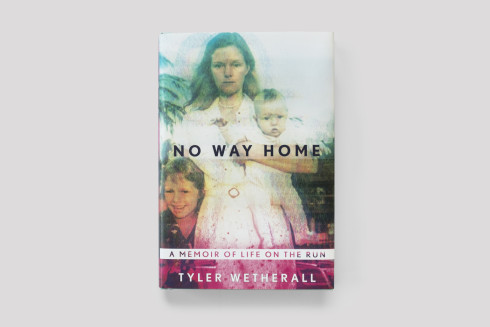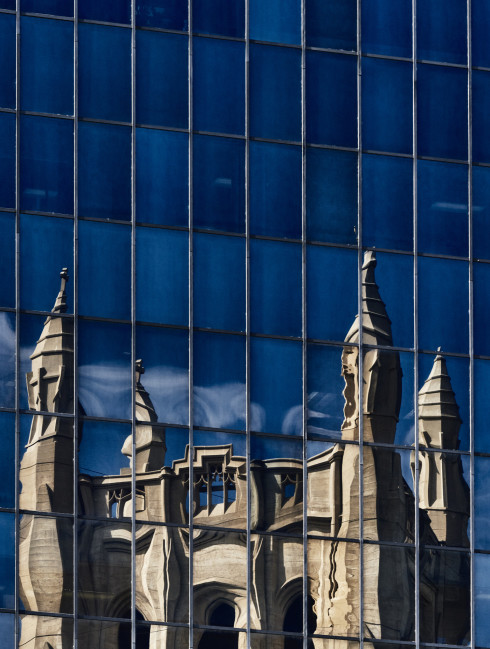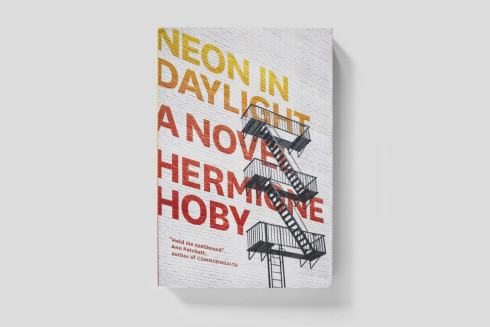THE AGE OF MIRACLES
The Age of Miracles, the début novel from former Simon & Schuster editor Karen Thompson Walker, is in many ways a classic coming-of-age tale. Eleven-year-old Julia deals with fractured friendships, family strife, mean girls, an emergent romance as she makes her way through middle school. She loses loved ones and finds herself. There’s also the minor issue of the earth’s slowing.
It’s difficult at times to believe this is Walker’s first novel, so lucid and sleek is her prose, so propulsive her plot. The Age of Miracles is, at heart, a story of growing up and its attendant tribulations, one in which the gradual lengthening of natural days and nights to the duration of weeks is yet another catastrophe to be met head-on. Julia is a quiet, introspective girl, given to daydreaming and wonderment, and her lack of panic or dramatics is refreshing. Tides creep inland, gravity increases, the magnetic field cracks, but these calamities are met with Hemingway’s idea of courage: grace under pressure.
As “clock time” becomes increasingly detached from the rising and setting of the sun, society struggles to cope with the changes. Crops fail, flocks of birds fall dead from the sky, people fall ill to a mysterious “sickness.” Yet through it all, life goes on. Julia enters a tentative relationship with her classmate Seth, her mother decides to restart her acting career, and people celebrate birthdays, the last day of school, and New Year’s, all under the gloom of the overwhelming possibility that it might be their final chance to do so. Life seems short and unbearably precious, but then again, it always does in adolescence. The slowing feels, at times, to be nothing more than the exaggerated experience of any prepubescent, as minutes and days pass achingly slowly on the stumble toward adulthood and maturity. Even the eponymous “age of miracles” refers not to the changing of the earth, but to nothing more extraordinary than the years that make up middle school.
Walker’s writing is clear and stark, with a lyrical simplicity threaded through with a gentle pulse of loss and longing. The overwhelming propulsive force of the novel is, of course, the changing speed of the earth, yet as Julia herself asks early on, “Who am I to say that the course of my childhood was not already set long before the slowing?” Growing up has always been a time of tectonic shifts, as bodies change and friendships shatter and desires run amok. It’s a time when you feel the earth move, whether at its normal speed or not, when you feel the weight of gravity, even if no stronger than usual. The teenage years are ones of endless tragedies and triumphs, when you learn the valuable lesson that “It never is what you worry over that comes to pass in the end. The real catastrophes are always different—unimagined, unprepared for, unknown.” The Age of Miracles is an illuminating portrait of the years when even minor personal tragedies can feel as monumental as a change in the spinning of the earth.
The Age of Miracles is out now from Random House.
